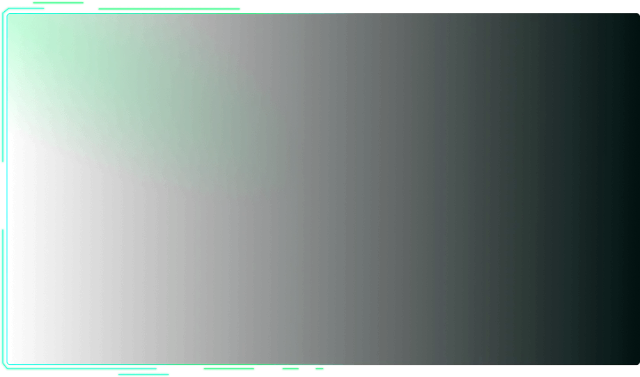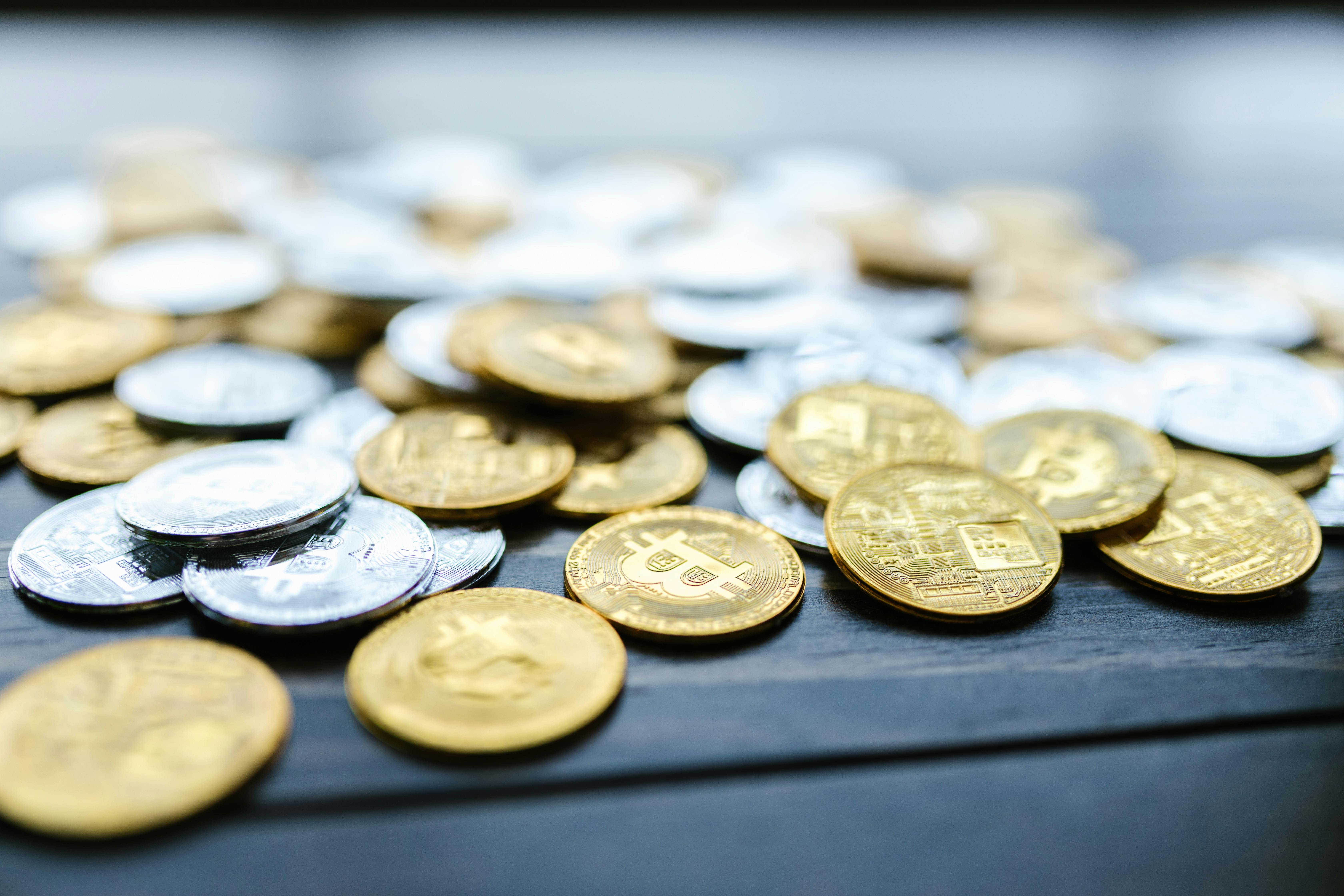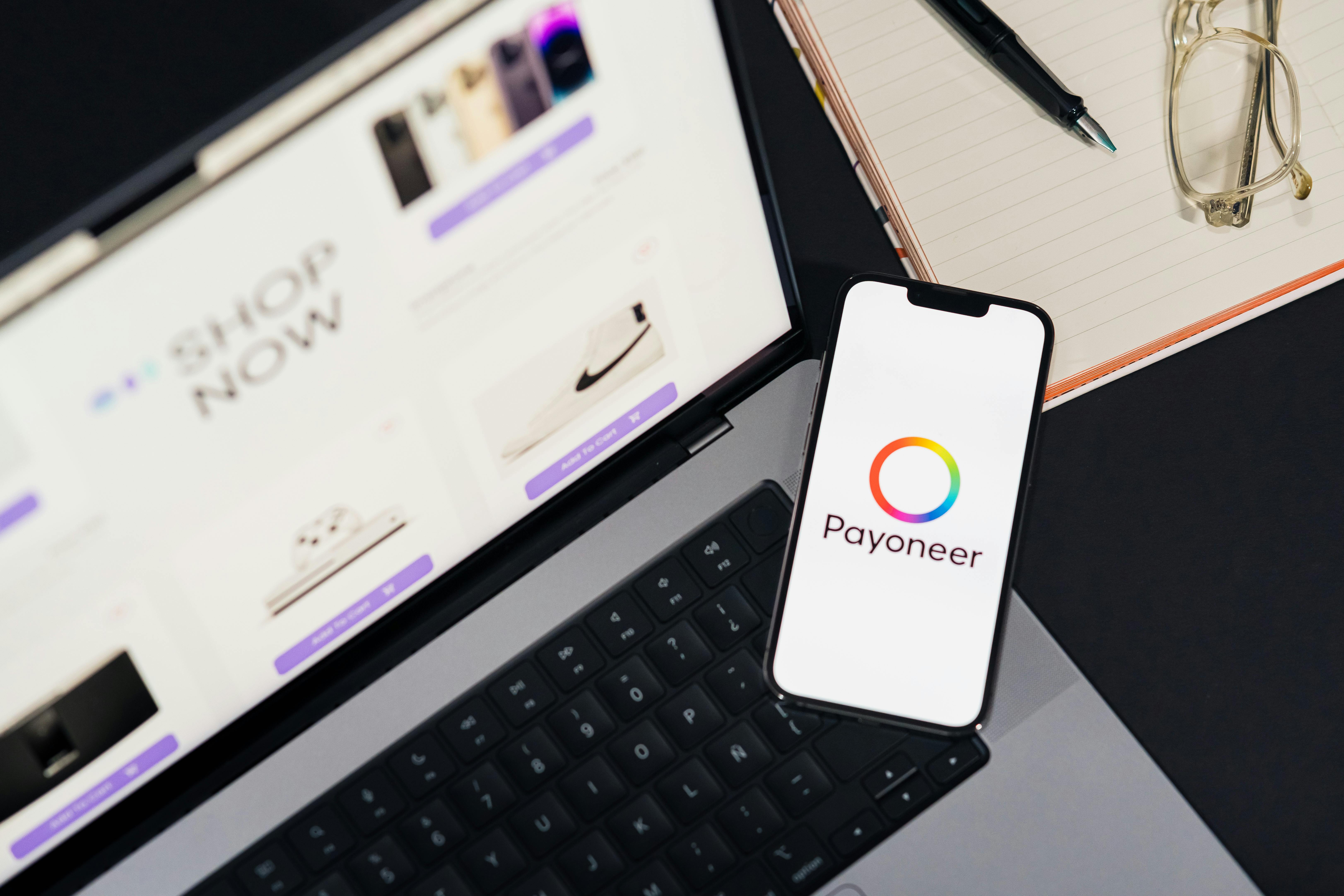2025-05-30 11:26:13
Rug Pull: What Is It and How Can You Recognize It?

The key advantages of the cryptocurrency market are high returns and freedom from intermediaries. However, with opportunities come risks. One of them is a rug pull, a scam whereby a crypto project team deliberately deceives investors. Such schemes are particularly common in DeFi, where tokens can be launched without audit or control.
In this article, we will explain what a rug pull is, whether it can be recognized in advance, and how to protect your funds.
Content
What Is a Rug Pull and How Does It Work?
“Rug pull” is an apt expression that describes a situation where a project team suddenly disappears with investors' money.
In simple terms, a rug pull is a fraudulent scheme initiated by the creators of a crypto project. They release a token, list it on a DEX exchange, create the illusion of legitimacy, and then withdraw all the money from the pool and disappear. The cryptocurrency's price drops to zero, and investors are left with worthless assets.
Key Signs of a Rug Pull
Once you understand what a rug pull is, you can recognize the signs early on. Here are the most important ones:
Hidden team and lack of transparency
Anonymous developers with no history, photos, social media profiles, or clear reputation are a cause for concern.
Liquidity without locking
If liquidity is not locked in a smart contract for the long term, the team can withdraw all funds at any time. Reliable projects usually set restrictions for a minimum of 6–12 months.
Low TVL (total value locked)
A low TVL means that the project has few funds, and it will be easy to withdraw them. A high locked value indicates user trust and reduces the risk of manipulation.
Concentration of tokens in the hands of large players
If most tokens are held by a limited number of wallets, they can suddenly sell their assets and crash the price, causing a rug pull. This information can be verified using blockchain scanners.
Dubious white papers and inflated expectations
The lack of a clear roadmap, technical details, or a realistic development strategy should raise red flags. If the documentation promises “1000% profit in a week,” it is almost certainly a scam.
No verification by independent auditors
Honest DeFi projects undergo smart contract audits by external companies. The lack of verification increases the risk of vulnerabilities and fraud.
Hype marketing and the FOMO effect
Intrusive promises of huge profits, mass advertising, and pressure to “buy now before it's too late” are common tactics that help scammers push investors into rash actions.
Types of Rug Pulls: Hard and Soft
Scammers may employ different tactics when planning a rug pull. We explain these schemes and their characteristics below:
- Hard rug pull involves the sudden devaluation of a token. The team immediately withdraws all liquidity, making it impossible to sell the coin.
- Soft rug pull is a slower tactic. The project looks active, but the developers sell their tokens over time and disappear, leaving investors with losses.
High-profile Rug Pull Cases in the Crypto Industry
To better understand what a rug pull is, let's look at some of the most resonant examples:
OneCoin (2014–2017)
This is one of the largest scams in the crypto industry, where investors lost about $25 billion. The project sold “educational courses” linked to tokens that could allegedly be mined. The organizers of the rug pull disappeared immediately after the scam was exposed.
Squid Game (2021)
A token created based on the Netflix series of the same name rose to $3,000 in a matter of days, but the creators cashed out $3.3 million from the liquidity pool, causing the asset's price to plummet. Another major problem was that the project's code prohibited investors from selling tokens.
Frosties NFT (2022)
Scammers raised $1 million through the sale of NFT, promising staking and long-term profits, but ran away, leaving investors with worthless digital assets.
How to Protect Yourself from a Rug Pull and Keep Your Funds Safe?
To avoid becoming a victim of a rugpull, it is important to take precautions:
- Check the team. Honest projects have public developers with verified profiles.
- Analyze the tokenomics. If most tokens are concentrated in the hands of a few, this is a risk, as “whales” can crash the market.
- Study smart contracts. They may contain a “backdoor” — a ban on the sale of tokens to ordinary users.
- Avoid big promises. “100x in a week” and “guaranteed profits” are sure signs of a scam.
- Use trusted platforms. Centralized exchanges (CEX) audit projects before listing, which reduces risk.
- Research the project yourself. Don't take anyone's word for it — look for facts and ask the team questions. Remember, reliable projects aren't afraid of transparency.
Need to withdraw Tether (USDT) to an e-wallet?
ObmenAT24 offers favorable terms, a simple exchange procedure, and personal data protection. You can complete a transaction in just 10-15 minutes by submitting a request through our website.



